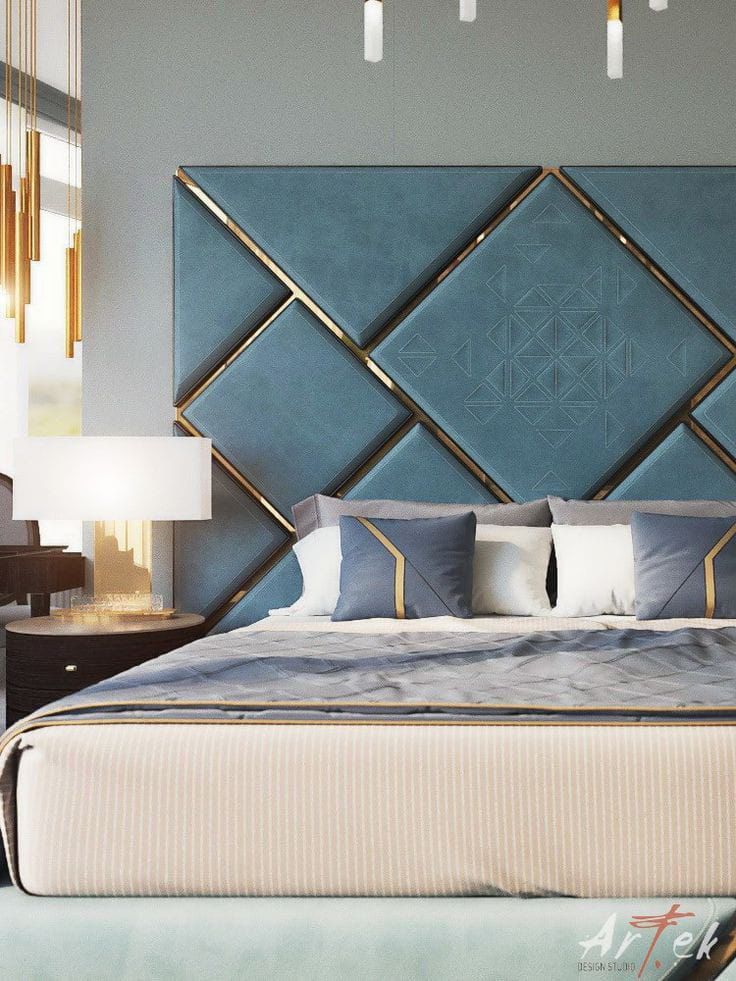Headboards for Beds | Latest Design Ideas
Headboards, at their core, serve a dual purpose: they offer a comfortable backrest for those late-night reads or breakfasts in bed, and they act as a focal point, grounding the bed within the room’s design.
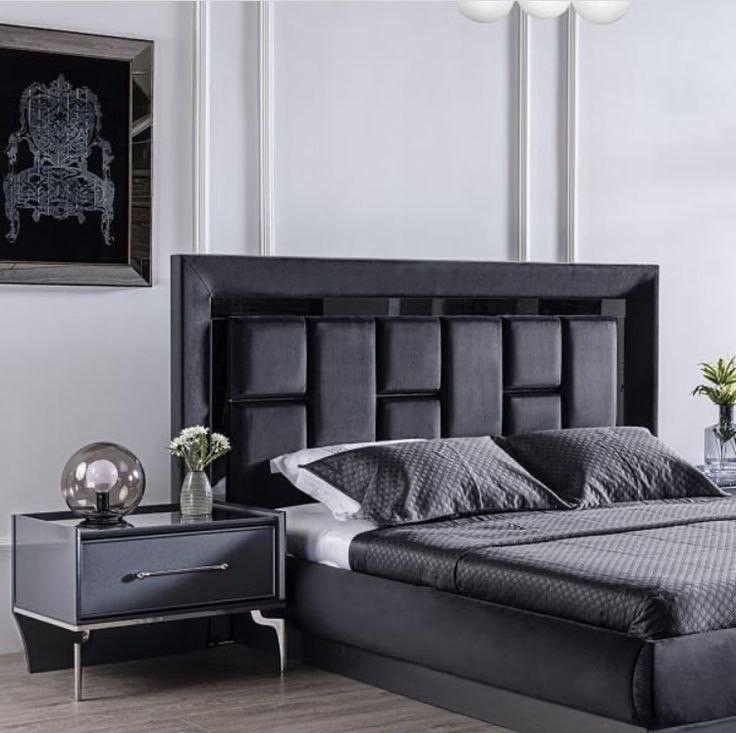
Modern bedrooms, with their emphasis on clean lines, minimalist aesthetics, and functional elegance, demand headboards that are not just accessories but integral components of the overall design narrative. This article delves into the fascinating world of headboards for modern bedrooms, exploring various styles, materials, and design considerations that elevate a sleeping space from ordinary to extraordinary.
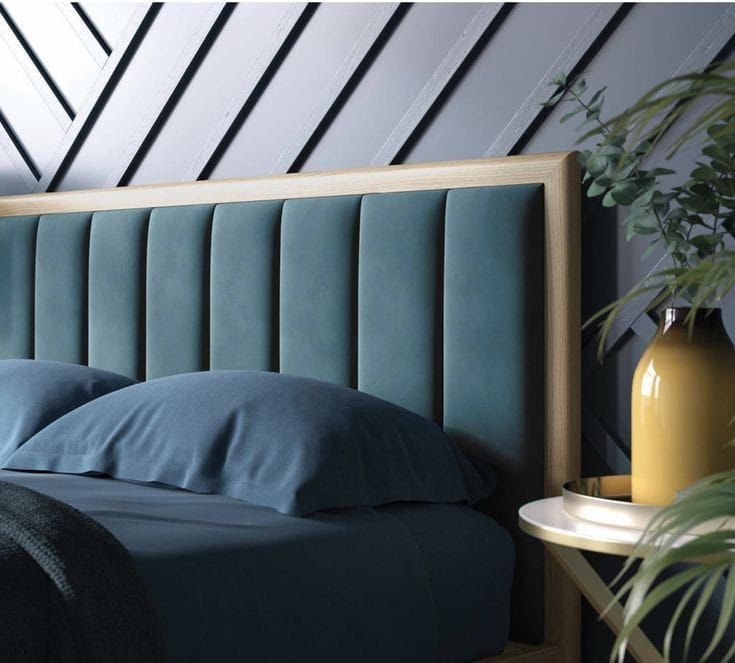
The Evolution of the Headboard in Modern Design
Historically, headboards were primarily functional, protecting sleepers from cold walls and preventing pillows from falling off the bed. Early versions were often simple wooden planks. As design evolved, so too did the headboard, becoming more decorative and a symbol of status.
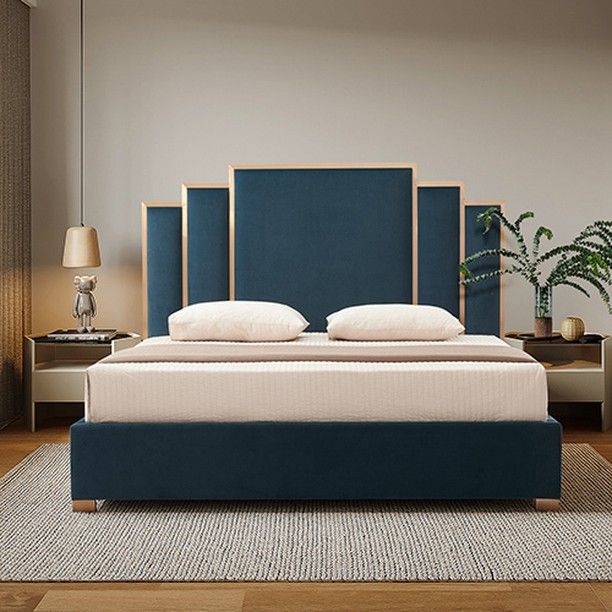
In modern bedrooms, the headboard has undergone another transformation. It’s no longer just a backdrop but an active participant in shaping the room’s ambiance. The shift towards minimalism and open-plan living has influenced headboard design, favoring sleek, uncluttered forms that complement contemporary interiors. This evolution has led to a diverse range of options, from subtle, integrated designs to bold, statement pieces.
Defining “Modern” in Headboard Design
Before diving into specific styles, it’s crucial to understand what “modern” signifies in the context of headboard design. Modern aesthetics typically embrace.
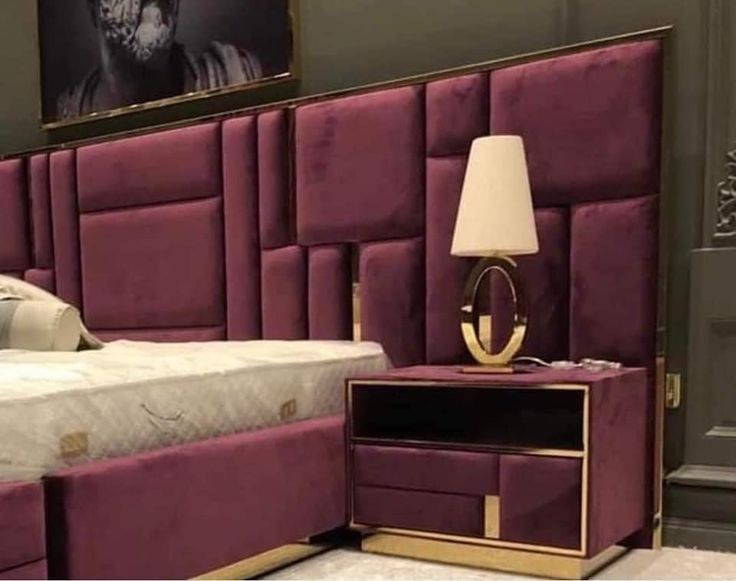
Clean Lines and Geometric Shapes: Sharp angles, straight lines, and simple forms are hallmarks of modern design, avoiding ornate carvings or excessive detailing.
Minimalism: Less is often more. Modern headboards often feature uncluttered surfaces and a focus on essential elements.
Neutral Color Palettes: Grays, whites, blacks, and natural wood tones dominate, allowing for pops of color through bedding or accessories.
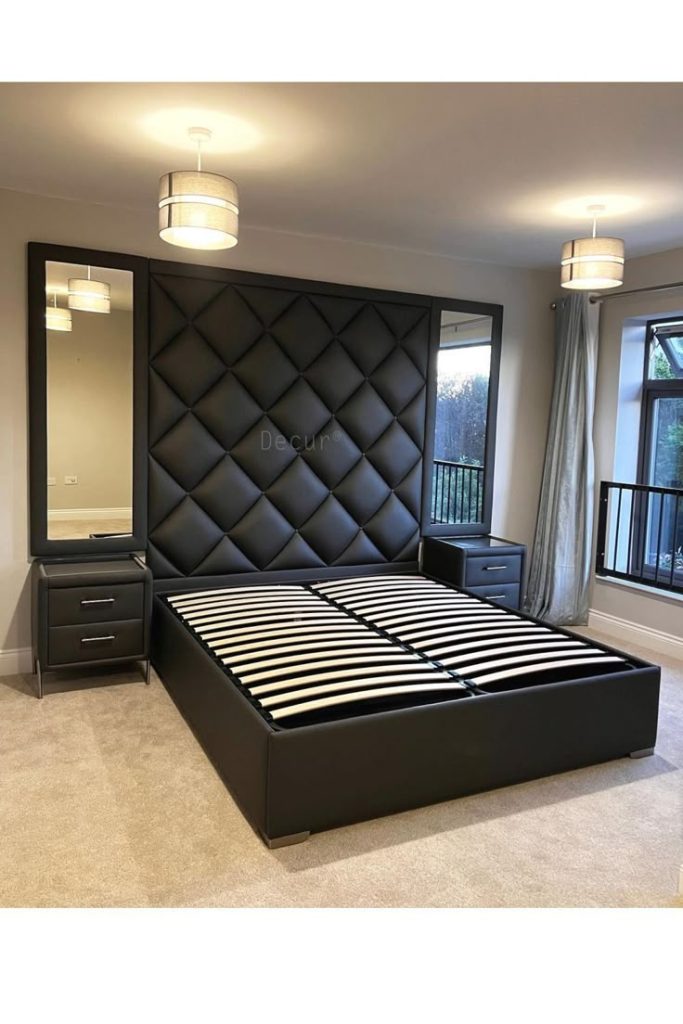
Popular Headboard Styles for Modern Bedrooms
Upholstered headboards are a perennial favorite, offering a blend of comfort and elegance. In a modern context, they shed their traditional tufting for cleaner, more streamlined looks. Large, single panels or a series of vertical or horizontal panels upholstered in luxurious fabrics like linen, velvet, or performance fabrics create a sophisticated and inviting feel. While excessive tufting is avoided, subtle channel tufting or biscuit tufting can add a touch of texture without overwhelming the minimalist aesthetic. For a sleek and durable option, leather or high-quality faux leather headboards in rich, deep tones or crisp whites can exude contemporary luxury.
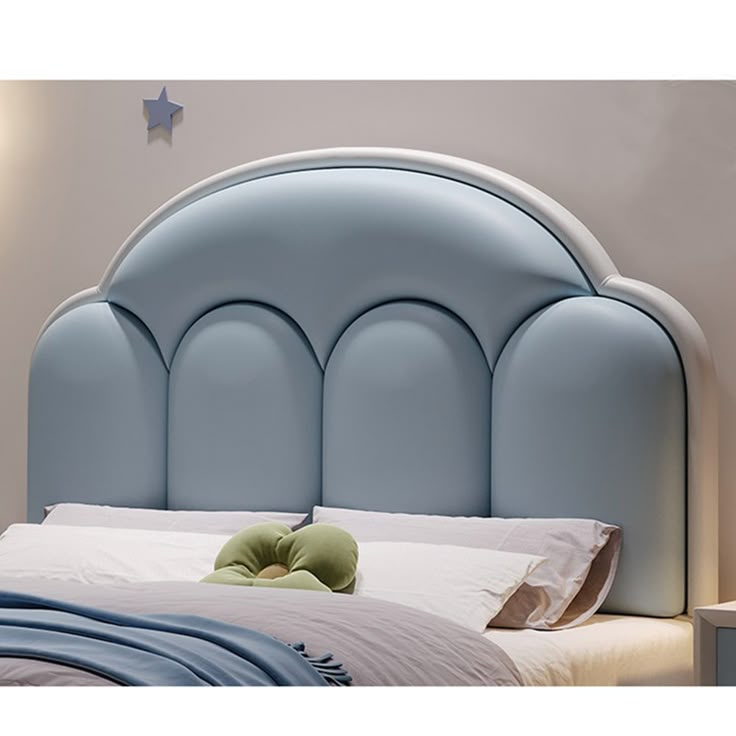
Wood headboards bring warmth, texture, and a connection to nature into the modern bedroom. The key is in the finishing and form. Large, uninterrupted slabs of wood, often with live edges, create a rustic yet refined modern look, celebrating the natural beauty of the timber. Vertical or horizontal wooden slats offer a sense of lightness and architectural interest, allowing light to filter through. Extending the wood of the headboard onto the surrounding wall creates a cohesive and visually expansive statement. Headboards that appear to float off the wall add an element of modern intrigue and lightness.
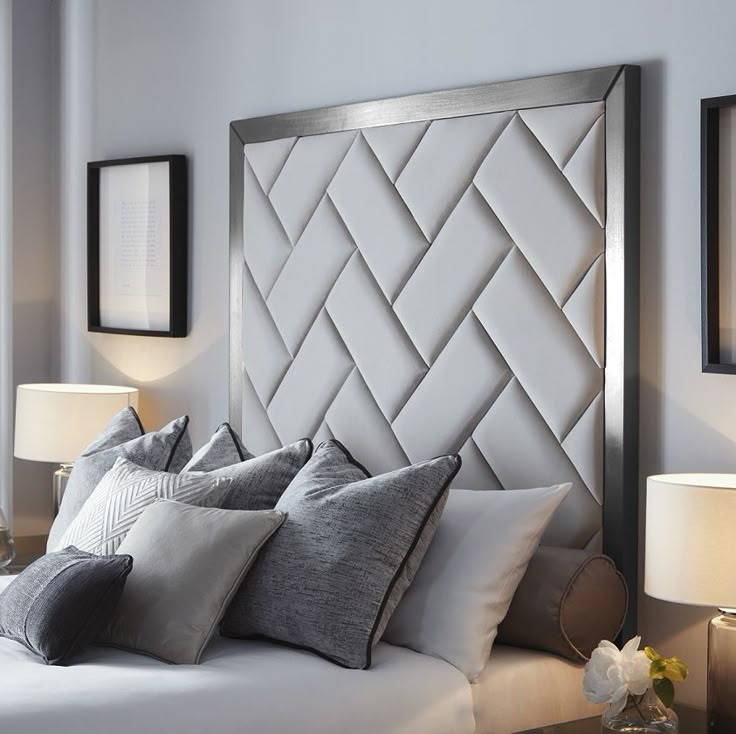
Metal headboards, often overlooked for their modern potential, can introduce an edgy, industrial, or even artistic vibe to a contemporary bedroom. Thin, black or brushed metal frames with simple geometric shapes create a striking visual impact. Metal grids or open frameworks offer a sense of transparency and can be adorned with subtle lighting or artwork. Combining metal with wood or upholstery can create a dynamic and visually interesting headboard.
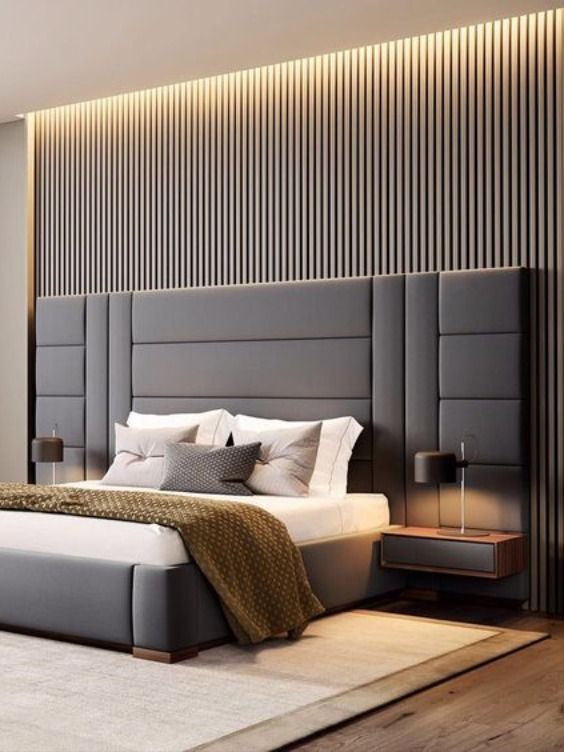
For the ultimate in modern minimalism, integrated and wall-mounted headboards offer a clean, seamless look, often blurring the lines between furniture and architecture. Extending wall panels behind the bed, often in wood, fabric, or even textured wallpaper, creates a custom and integrated headboard effect. Headboards that incorporate shelves, cubbies, or even bedside tables offer practical storage solutions and a streamlined aesthetic. A series of floating shelves placed at the appropriate height can serve as a minimalist and functional headboard.
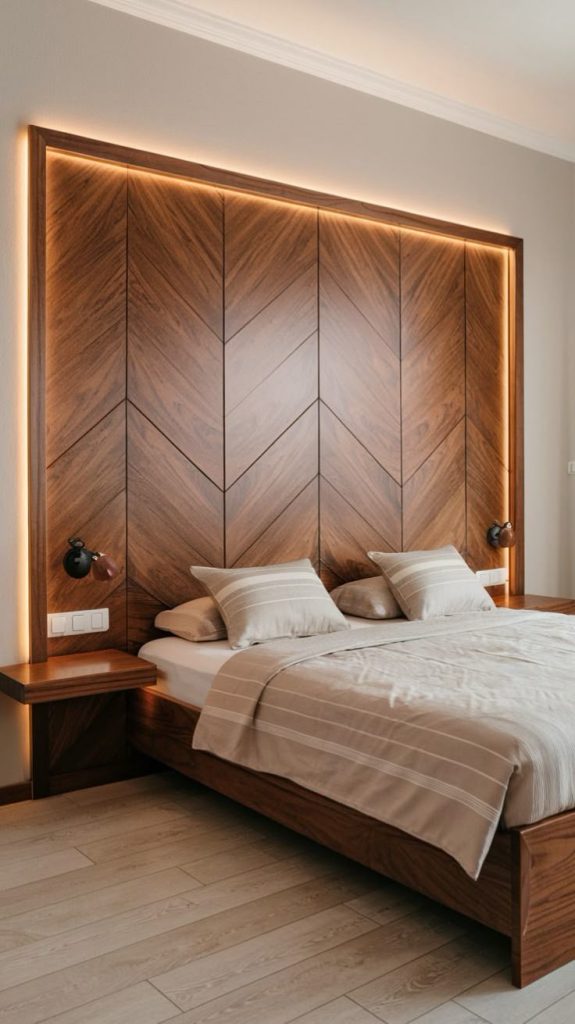
While modern design often favors subtlety, there’s always room for a statement piece that reflects individual personality and artistic flair. Subtle geometric patterns carved or inlaid into wood or composite materials can add visual depth without being overly ornate. A large, abstract piece of art mounted directly behind the bed can function as a unique and personal headboard. For a touch of glamour and to visually expand the room, a large mirror or mirrored panels can serve as a striking headboard.
Materials Matter: Texture and Tone
The choice of material significantly impacts the overall feel and aesthetic of a modern headboard. Oak, walnut, maple, and even reclaimed wood offer diverse grain patterns and natural warmth. Finishes range from raw and natural to sleek and polished. Linen, cotton, velvet, and various synthetic blends offer a wide array of textures and colors. Consider performance fabrics for durability and ease of cleaning.
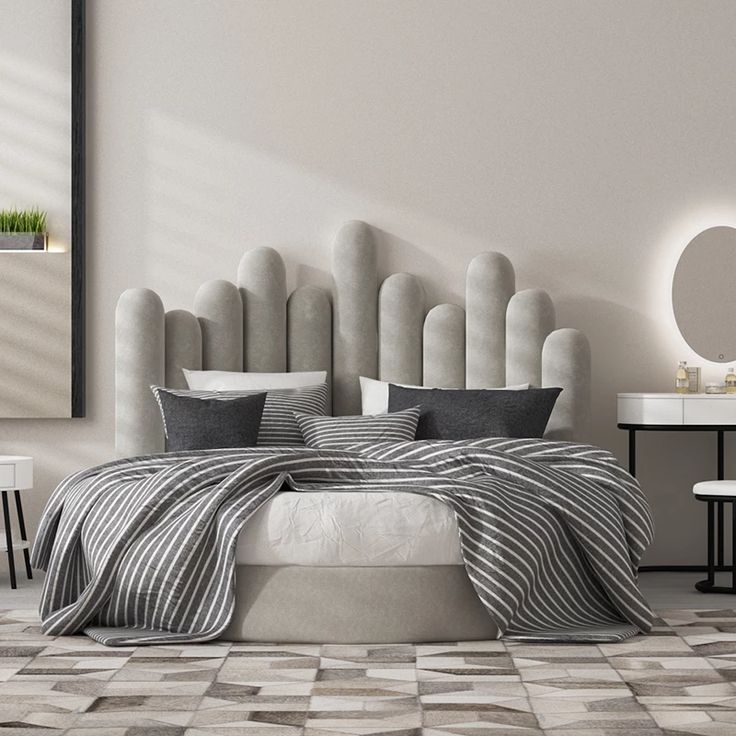
Steel, aluminum, and brass, often with matte or brushed finishes, contribute to an industrial or contemporary edge. Leather/Faux Leather provides a luxurious and durable surface, available in various colors and finishes. MDF, plywood, and other engineered woods can be veneered or painted to achieve various looks, often at a more accessible price point.
Design Considerations for the Modern Headboard
The headboard should be proportionate to the size of your bed and the overall room. A king-sized bed might accommodate a wider, more substantial headboard, while a smaller room benefits from a lighter, less imposing design. The height of the headboard influences the visual impact. Taller headboards can create a dramatic statement, while lower ones maintain a more understated feel. Consider the available wall space. If you have windows or architectural features directly behind the bed, a lower or narrower headboard might be more appropriate.
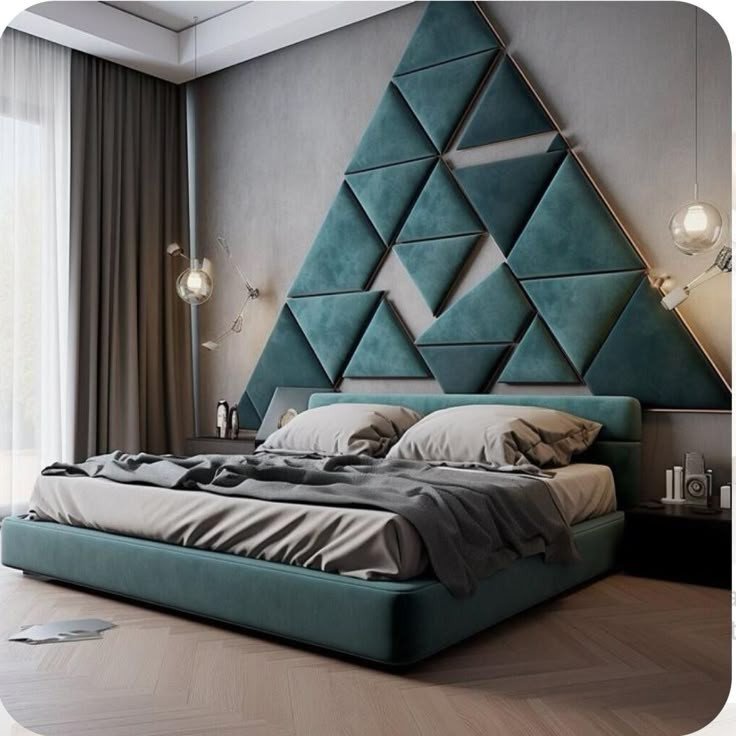
Do you need integrated lighting for reading? Shelves for books or decorative items? USB charging ports? Modern headboards can incorporate these features seamlessly. While modern design often favors neutrals, the headboard can be an opportunity to introduce a subtle pop of color or a complementary shade that ties into the room’s existing palette.
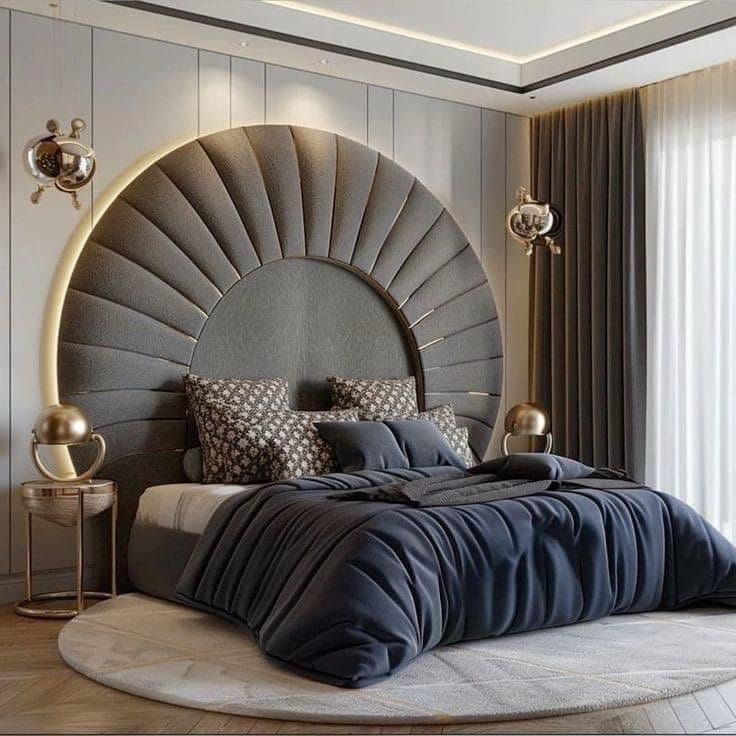
Many modern headboards feature integrated LED lighting, offering ambient light or focused reading lights, eliminating the need for bulky bedside lamps. Decide whether you prefer a freestanding headboard, one that attaches to the bed frame, or a wall-mounted design, considering ease of installation and stability.
Beyond the Bed: Integrating Headboard into the Room’s Design
A truly successful modern headboard doesn’t just stand alone; it seamlessly integrates with the rest of the bedroom’s design. Echo the materials of the headboard elsewhere in the room, such as a wooden dresser or metal accents in lighting fixtures. Ensure the headboard’s color complements or subtly contrasts with the wall color, bedding, and other furniture. The headboard should contribute to the overall sense of flow and balance in the room, not dominate it. If the headboard is a statement piece, keep other accessories minimal to avoid visual clutter. Utilize existing architectural features, such as recessed walls or niches, to enhance the headboard’s presence.
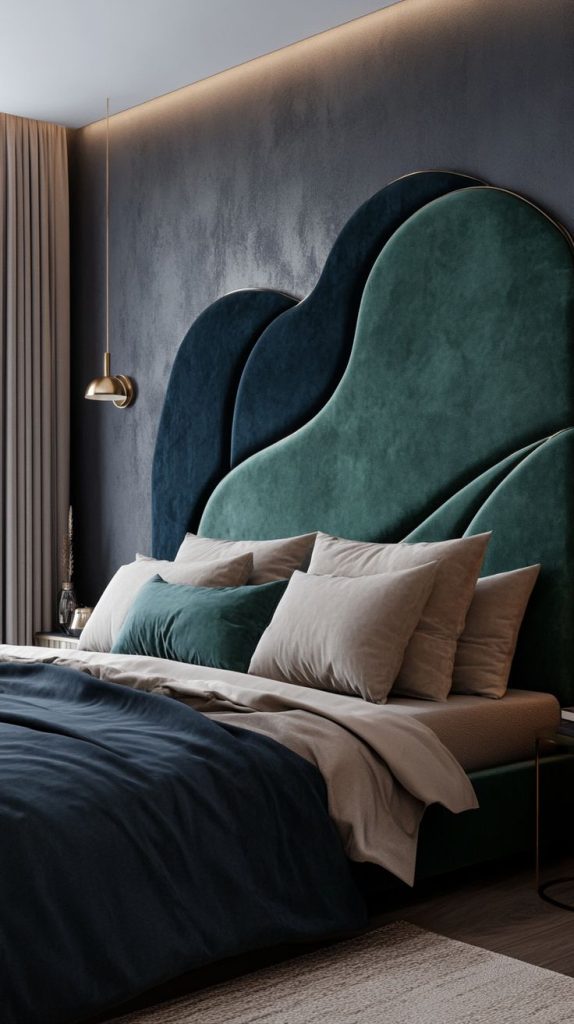
Conclusion
The headboard in a modern bedroom is far more than a decorative accessory; it is a pivotal element that defines the room’s character, enhances its functionality, and anchors the sleeping space. From the sleek simplicity of a wooden slab to the plush comfort of an upholstered panel or the industrial edge of a metal frame, the options are as diverse as individual tastes.
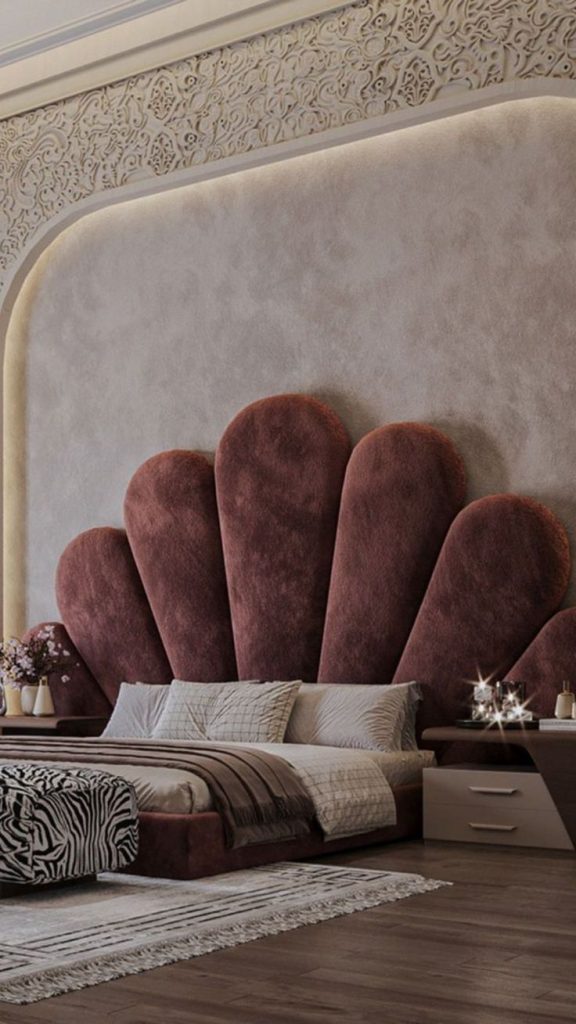
By carefully considering style, material, scale, and functional needs, one can select a headboard that not only complements the modern aesthetic but also elevates the entire bedroom into a sanctuary of style and comfort. In the contemporary home, the headboard is a quiet yet powerful statement, a testament to thoughtful design and the pursuit of a truly modern living experience. It’s an investment not just in furniture, but in the very essence of sophisticated rest and rejuvenation.

